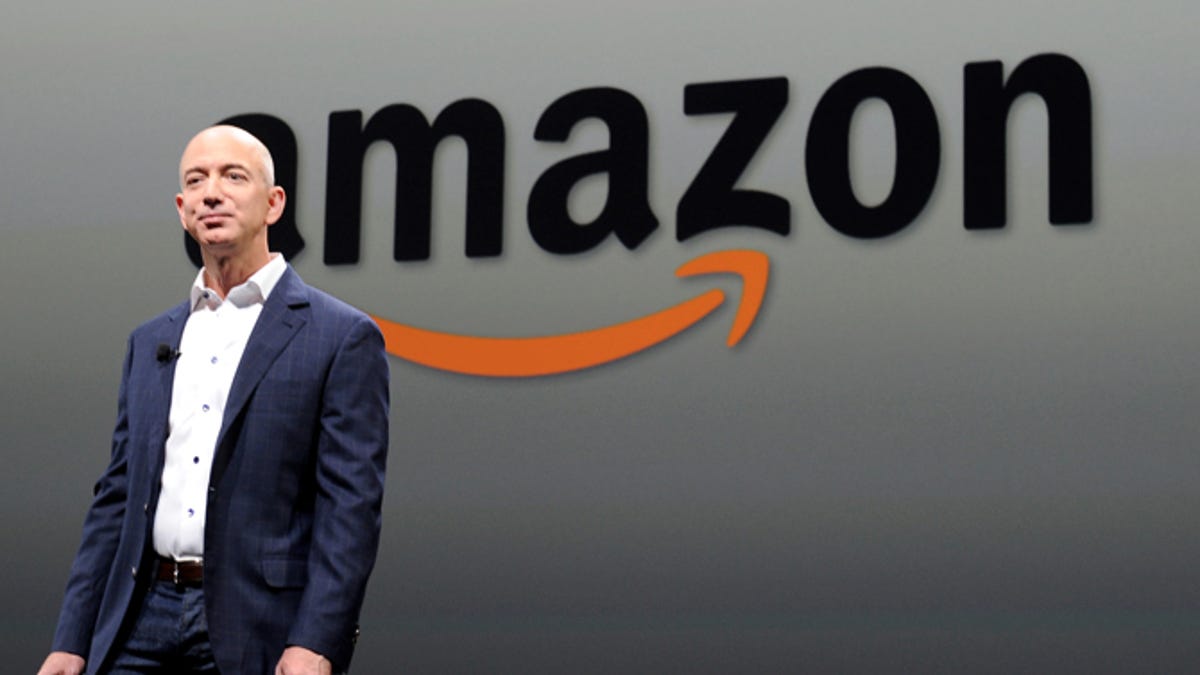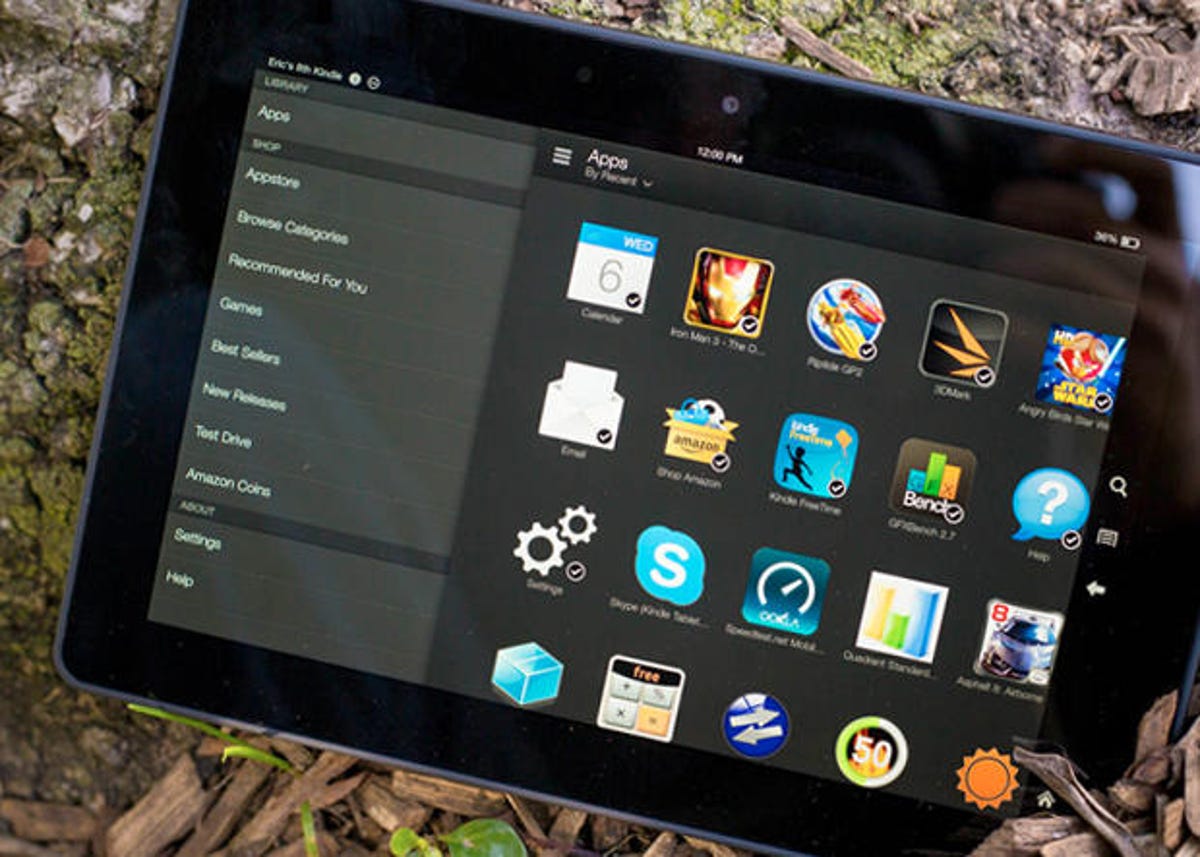
CNET
Amazon’s expected smartphone may come with all the bells and whistles of the world’s top devices, but the selling point, as with most Amazon products, will have to be its price tag.
If the Seattle-based online retailing giant wants to make a mark in the smartphone world, as it is reportedly ready to do this fall, it should double-down on what it’s done so well in the past: offering a product that undercuts competitors. Yes, a 3D feature and multiple front-facing cameras sound nice. But the only way to truly get attention in a world dominated by Apple’s iPhone and Samsung’s Galaxy S family is to go big with a budget-friendly device.
That’s because consumers won’t see an Amazon-branded smartphone as a high-end competitor, Kantar Worldpanel analyst Carolina Milanesi said.
“That has to be the way,” she said. “If you don’t go cheap, you have to rely on the carriers.”
Working with carriers — companies like Verizon and AT&T that often subsidize the price of smartphones when customers sign up for a two-year contract — is just one of the obstacles for smartphone makers. As CNET pointed out when rumors of the smartphone cropped up initially, the business is a brutally competitive one that even successful tech behemoths such as Amazon struggle with. That was nearly two years ago, and things haven’t changed too much.
Samsung controls nearly a third of the smartphone market, while Apple owns another 15 percent, according to Gartner. A dozen other companies are fighting for a chunk, but few of them are actually making money. BlackBerry is on the brink of collapse, Nokia couldn’t survive without a takeover from Microsoft, and even once solid smartphone manufacturers like HTC have stalled.
Still, there’s certainly interest in a high-quality, low-price phone. Motorola’s Moto G won praise for the amount of hardware and capabilities packed into a device that cost $179 unlocked. Can Amazon do better?
The company has shown its willingness to lose money on hardware to get people to use its services and buy more items through the devices. Amazon thinks that using devices to highlight its video streaming service, app store, or shopping options means more returning customers.
“They’re happy to sell you a vending machine and they’ll even sell you a vending machine at cost,” Current Analysis analyst Avi Greengart said, adding that unlike Apple or Samsung, Amazon isn’t interested in making a profit from the actual device.
But it will have to go pretty low to compete. Amazon probably won’t see the same kind of consumer loyalty for a smartphone as it did with the Kindle Fire tablets, or even the recently-released Fire TV. Though Amazon doesn’t disclose numbers, the Kindle Fire got a lot of hype with its $200 price tag, and Amazon said it already sold out of Fire TV devices. There’s much more competition for smartphones, and although tablets are also a mobile device, people don’t treat them like smartphones, which need carriers to power data consumption on the go. Once the carriers are involved, there’s more complexity and decisions for consumers to make.
“Tablets were a new category and most people were buying Wi-Fi-only versions, so there was no carrier in the mix,” Greengart said. “It made it so much easier for them…there was no discussion of ‘how does this fit into the family plan I’m already on?'”


Screenshot by CNET
Additionally, most consumers still don’t have an accurate idea of how much a phone is worth, and often dramatically underestimate their cost. Thanks to carrier subsidies given in exchange for long-term service contracts, what should be a $650 iPhone 5S or Galaxy S5 will sell for $200. As a result of those subsidies, even decent phones, like the Galaxy S4, is offered for free at AT&T when you sign a contract.
So while the Kindle Fire tablet may have wowed folks when the original came out at a low price, that trick may not be as effective when it comes to smartphones, which are almost always sold below their inherent cost.
The rumored 3D imaging gimmick, which the smartphone industry has tried before, isn’t likely to move the needle. While it would make sense to have a better way to show off products listed on Amazon’s site, that kind of feature could easily be dismissed as consumers gravitate toward design or toward better specifications such as a more powerful camera or faster processor.
The HTC Evo 3D and LG Thrill were two failed attempts at adding 3D displays and cameras to phones. Amazon’s technology would almost certainly be better at this point, but people could still react with a shrug.
For Amazon to really impress, it can’t rely on over-the-top smartphone features or hype. It has to convince its customers they’re getting a bargain worthy of the e-commerce site’s best discount deals.
If it does that right, smartphone consumers may skip the iPhone lines and pick a phone that comes with two-day Prime shipping instead.



